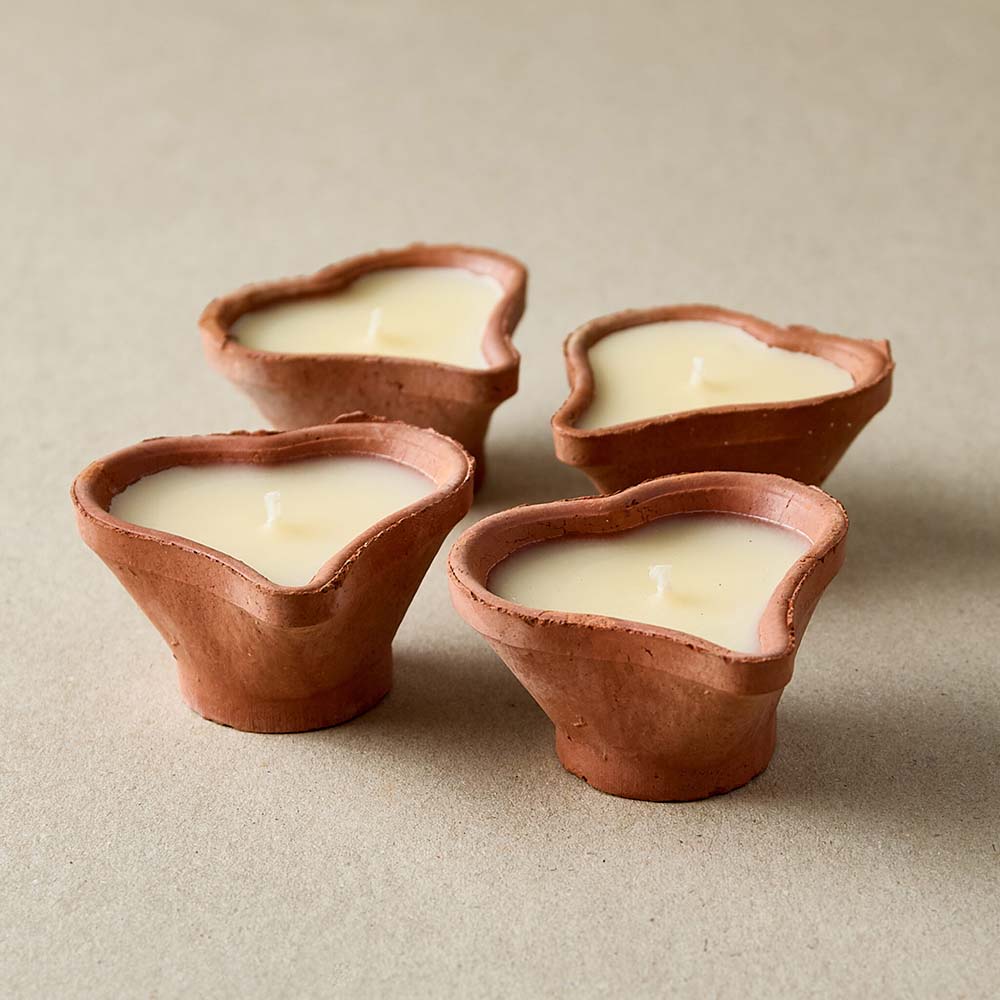What is the Dalit community in India?
The Dalit community in India is a social group historically positioned at the bottom of the Hindu caste system. Traditionally referred to as “untouchables,” Dalits have faced severe social, economic, and political discrimination for centuries. The term “Dalit,” meaning “oppressed” or “broken,” was popularized by social reformers like B.R. Ambedkar, a Dalit leader and the principal architect of the Indian Constitution. He sought to abolish caste-based discrimination.
Key Aspects:
Historical Discrimination: Dalits were relegated to menial and “impure” jobs like manual scavenging, and they were often denied access to temples, schools, and other public spaces. They were also subject to untouchability, meaning higher-caste people would avoid physical contact with them.
Caste System: The Hindu caste system divides society into four broad categories (varnas): Brahmins (priests), Kshatriyas (warriors), Vaishyas (traders), and Shudras (laborers). Dalits fall outside of this system and are considered “avarnas” or “outcastes.”
In 2010 Life Association launched the Dalit Goods brand to raise awareness of the Dalits’ plight and also funds for the charity Life Association.
The idea for Dalit Goods came about as a result of a trip to India by Life Association director Simon Hawthorne. Whilst there he began to notice a large number of smashed clay pots around the slum areas of Mumbai. These clay pots turned out to be drinking pots which for thousands of years the Dalit people have often been forced to drink from and then smash on the ground as a sign of their supposed untouchability. It is this powerful symbol of oppression that inspired Simon to launch our range of Dalit-branded products.
It is our goal to design and supply ethically sourced and environmentally sensitive products and provide employment to Dalits in India.
To find out more about the work of Life Association visit www.lifeassociation.org.uk


